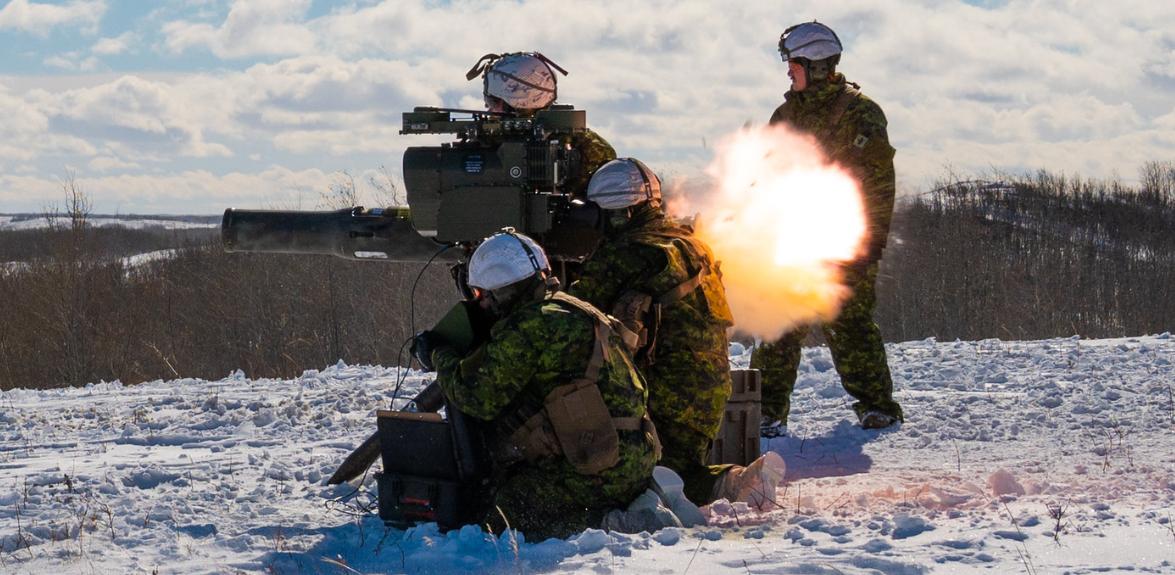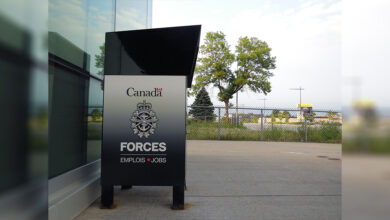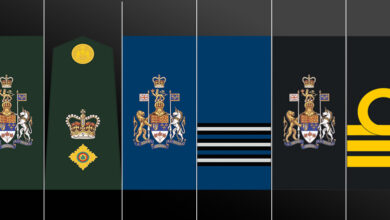Policy
Defence Minister Announces New Modern System Acquisitions
Above image: An explosion of hot gases or backblast created by the firing of a Tube-Launched Optically-Tracked Wireless-Guided (TOW) Missile against simulated armoured vehicles appears, after being shot by members of 3rd Battalion Princess Patricia’s Canadian Light Infantry (3 PPCLI) inside the Wainwright Training Area at 3rd Canadian Division Support Group (3CDSG) Wainwright as part of annual high readiness training, Exercise APOLLO VALIDATION, March 7, 2022. Photo by: Corporal Daniel Chiasson, image courtesy of Canadian Armed Forces photo.
As part of Urgent Operational Requirements, the Canadian Armed Forces (CAF) will acquire several modern systems, including Portable Anti-X Missile systems, Counter Uncrewed Aircraft Systems, and Air Defence Systems.
Minister of National Defence, Anita Anand, announced the new systems acquisitions at the Ottawa Conference on Security and Defence hosted by the Conference of Defence Associations Institute on March 9, 2023.
It is believed that acquiring these capabilities in the immediate future will enhance the CAF’s contribution to Eastern Europe under Operation REASSURANCE.
“As our world grows more complex, we are making the necessary investments to modernize the Canadian Armed Forces with the equipment that its members need to keep Canadians safe. Modernization is a team effort, and that is why we are working concurrently to update Canada’s defence policy in consultation with industry partners, experts, and Canadians. We are continuing to build a modern military that can protect our country from a range of new and emerging threats,” stated Minister Anand.
The decision to acquire air defence, counter-uncrewed aircraft system, and anti-tank weapon system capabilities is a result of an analysis of the CAF’s urgent needs following the invasion of Ukraine by Russia, according to DND.
These investments are part of Canada’s promise to increase defence spending by at least 70 per cent between 2017 and 2026.
Portable Anti-X Missile Systems (PAXM)
According to a DND press release, the PAXM systems will provide the CAF with missiles, simulators, and associated support. This system will especially be useful to CAF personnel deployed within the multinational NATO-enhanced Forward Presence Battle Group Latvia that Canada leads with training and the ability to destroy main battle tanks, according to a DND press release.
DND expects a contract for these systems will be awarded later this year.
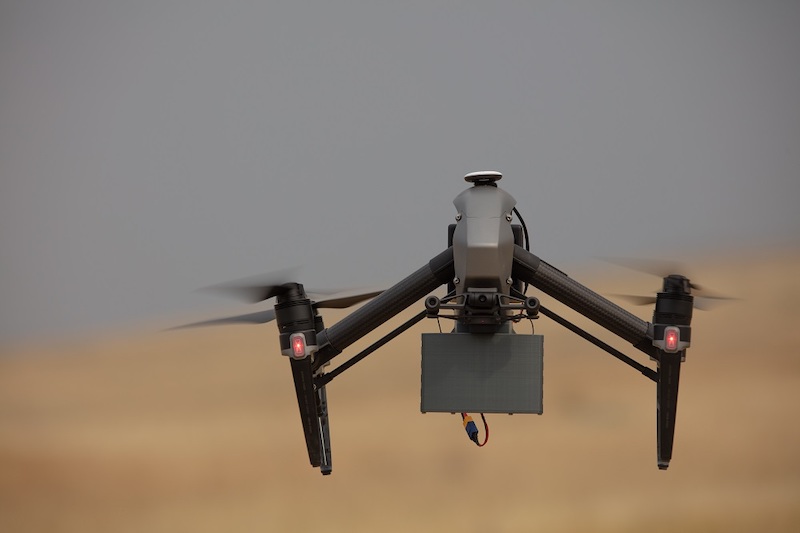
Counter Uncrewed Aircraft System
According to DND, the Counter Uncrewed Aircraft System (CUAS) capability will “provide protection measures against hostile Class 1 UAS for CAF personnel.” This will specifically be for that CAF personnel deployed as part of Operation REASSURANCE.
CUAS is a military term for solutions that are designed to detect, track, and ultimately disrupt and destroy unmanned airborne vehicles.
This particular project will unfold in several phases. DND expects the contract for Dismounted Equipment and Fixed Site Systems should be awarded by this fall, while a contract for Vehicle Mounted, Fully Integrated Systems will be awarded next year.
Air Defence Systems
Under this acquisition, Canada is looking to obtain a soldier portable Very-Short Range Air Defence System (VSHORAD) for the ATO-enhanced Forward Presence Battle Group Latvia.
This system will serve to “defeat attack aircraft and Class 1 UAS.”
According to DND, a Request for Proposal is expected during Summer 2023. A contract should be awarded early next year.
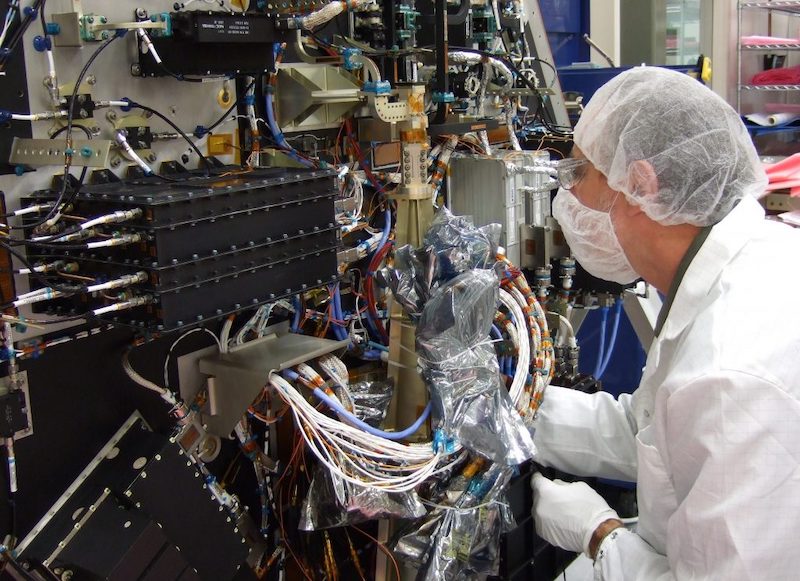
Redwing Space Domain Awareness Microsatellite Project
During the Ottawa Conference on Security and Defence, Minister Anand also announced Canada had awarded a $15.8 million contract for the Redwing Space Domain Awareness Microsatellite project.
The Redwing project, directed by Defence Research and Development Canada (DRDC) and operation aspects led by Magellan Aerospace, will invest in the research and development of a “new agile micro satellite” to monitor objects orbiting Earth. The micro satellite will be designed, built, and operated in Canada.
According to DND, the micro satellite will be crucial in monitoring objects in congested orbits to “help reduce future risks to Canada’s space infrastructure from space debris or human-caused interference.”
The satellite will also be able to record and transmit tracking data from anywhere in its orbit. Additionally, it will be able to take images of nearby objects and keep an eye on objects performing “unexpected maneuvers.”
The ground stations will be in Inuvik, Northwest Territories, and Happy Valley Goose Bay, Newfoundland and Labrador.
The project is still in its infancy, with the design phase expected to be complete in the fall of 2024. DND projects that the microsatellite will be built, tested and launched by 2026.
DRDC, who is funding the initiative, will be supported by the Royal Canadian Air Forces’ 3 Canadian Space Division.


